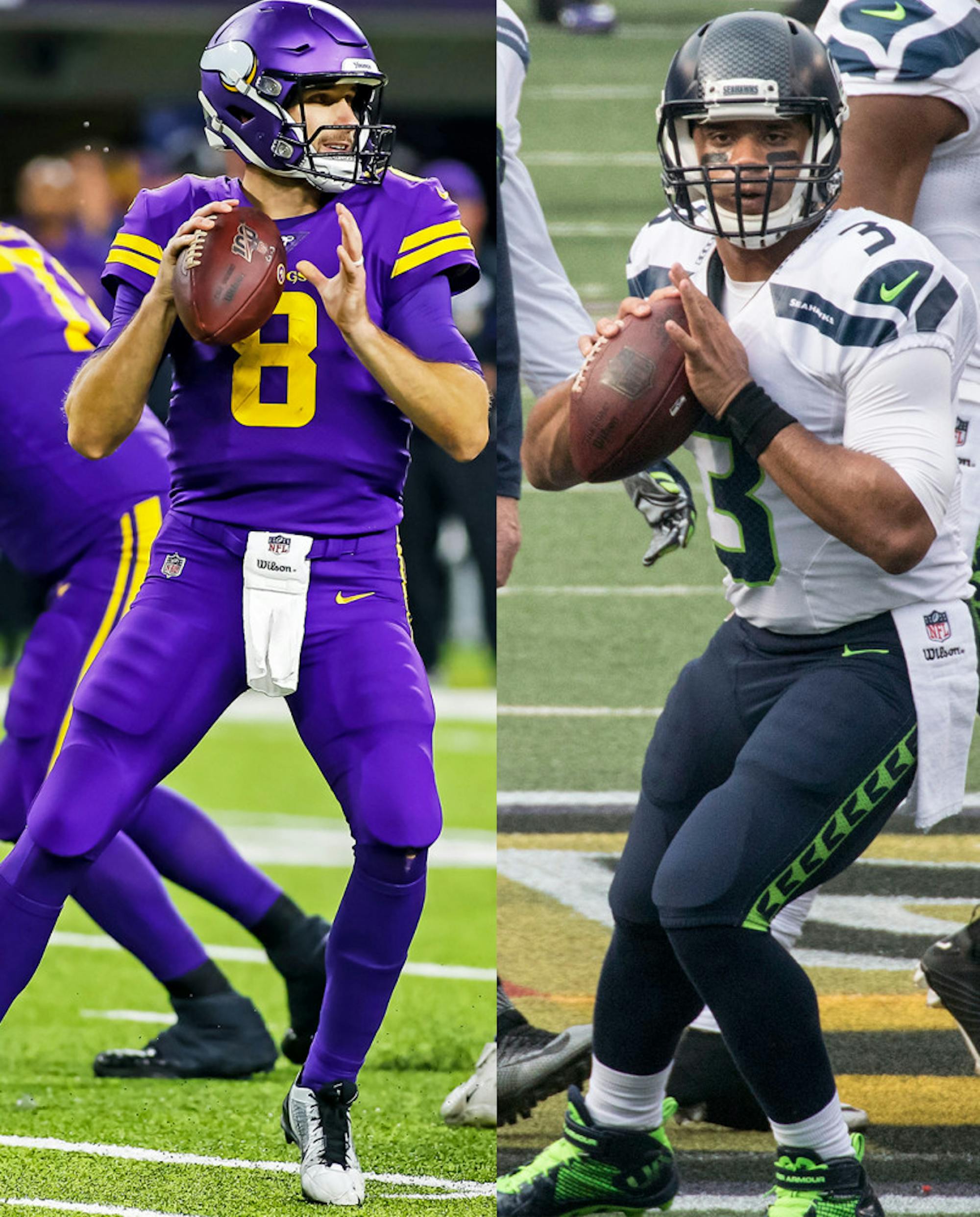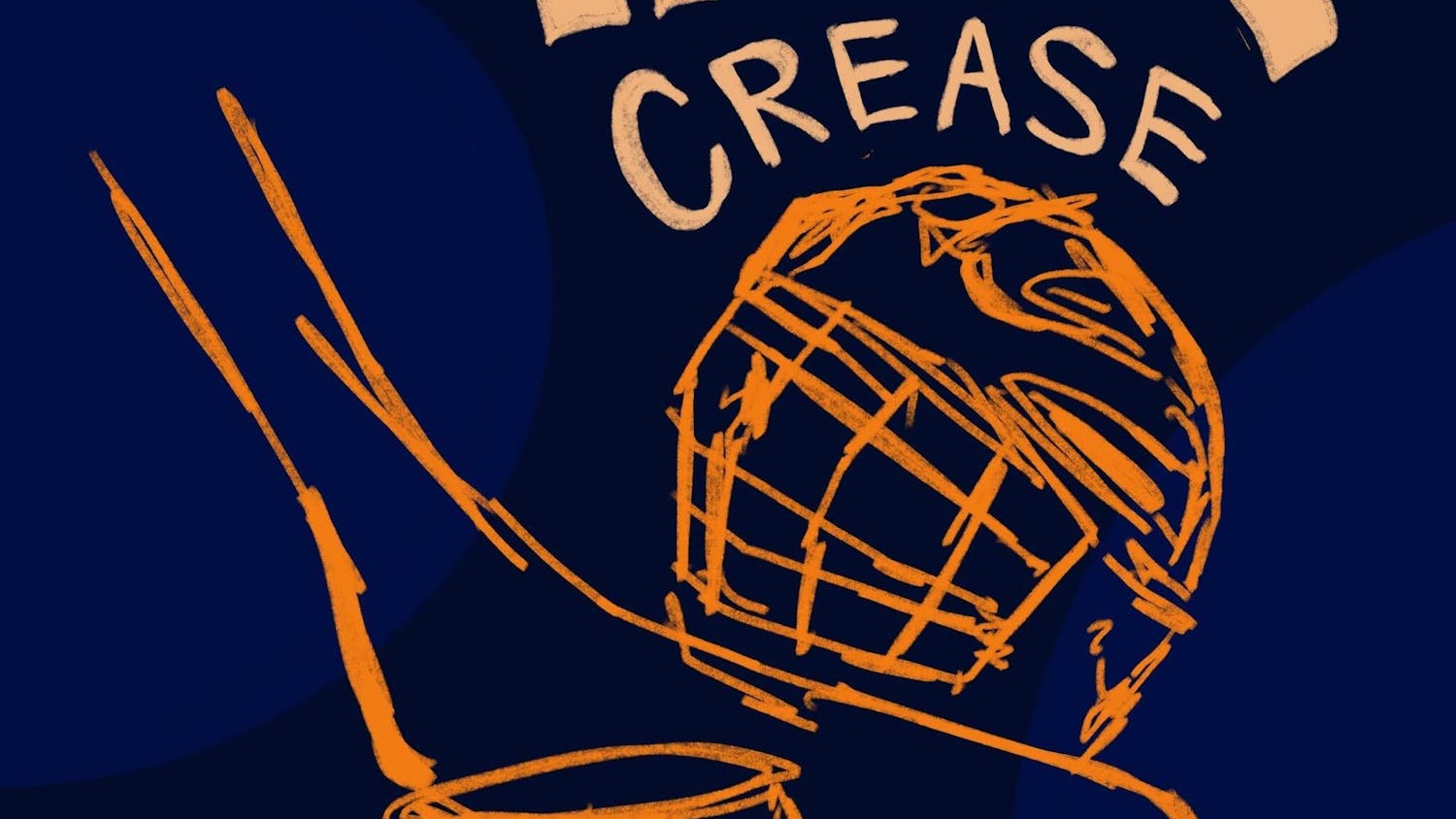On Oct. 22, 2011, the undefeated Wisconsin Badgers football team rolled into East Lansing for an 8 p.m. nationally televised matchup against the Michigan State Spartans. After defeating their first six opponents by an average of 38 points, the Badgers were ranked sixth in the Bowl Championship Series rankings and had legitimate national championship aspirations. Coming off consecutive wins over Big Ten powers Ohio State and Michigan, Michigan State entered the game against Wisconsin as the 16th ranked team in the country.
It was a game of runs from the start. Wisconsin jumped out to a 14–0 lead before Michigan State scored 23 unanswered points before halftime. With under 10 minutes to go in the fourth quarter, Wisconsin trailed 31–17. The Badgers responded with two quick touchdowns, the second coming with less than 1:30 left on the clock.
Of course the game isn’t remembered because of anything that happened in the first three quarters; it is remembered because of the final play.
With four seconds to play and the score knotted at 31, the Michigan State quarterback snapped the ball from around mid-field. He took a smooth three-step drop before rolling to his right and unleashing the ball towards the end zone. A textbook Hail Mary prayer. A Wisconsin defender jumped in the air and tipped the ball, which flew past him and bounced off the helmet of a Michigan State receiver. Wisconsin fans breathed a half second sigh of relief as the ball ricocheted into the air and out of the front of the end zone.
Their relief was short lived and replaced by a massive punch to the gut as the ball fell right into the hands of Michigan State’s Keith Nichol at the 1-yard line. Madness followed. Five Badgers swarmed Nichol and did everything they could to prevent him from crossing the goal line. The refs ruled Nichols down at the 1-yard line with no time remaining on the clock but after review, the refs determined the ball did cross the goal line, sending Spartan Stadium into a craze and giving Michigan State a 37–31 win.
The Michigan State quarterback, who threw for 290 yards and three touchdowns, was Kirk Cousins. His counterpart on the Badgers was a 5 feet 11 inches fifth-year transfer from North Carolina State named Russell Wilson. Wilson and Cousins, both now playing their ninth year in the NFL, will meet again on Sunday night, as Cousins’ Minnesota Vikings are set to play Wilson’s Seattle Seahawks at CenturyLink Field in Seattle.
The Week 7 thriller between Cousins’ Spartans and Wilson’s Badgers was only the first exciting battle between the teams during the 2011 season. Just over a month after the Hail Mary Game, Wisconsin and Michigan State travelled to Lucas Oil stadium in Indianapolis for the inaugural Big Ten Football Championship Game (before 2011, the conference champion was determined by regular season standings).
Wilson and Cousins weren’t the only future pros playing in the 2011 Badger-Spartan rivalry. Wisconsin's running back room was loaded, led by Montee Ball who rushed for 33 touchdowns in 2011 and would play two seasons for the Denver Broncos. Ball’s backup on the Badgers was James White, the speedy New England Patriotnicknamed “Sweet Feet” who scored three touchdowns in New England’s comeback Super Bowl 51 victory over the Falcons. Buried deep in the Badgers running back depth chart was freshman Melvin Gordon III, a two-time Pro Bowler currently playing for the Denver Broncos. Michigan State wasn’t too shabby at running back in 2011 either, with two-time first-team All-Pro Le’veon Bell manning the backfield for the Spartans. The Spartans 2011 defense also had a couple future pros in William Gholston (defensive end, Tampa Bay Buccaneers) and Darqueze Dennard (cornerback, Atlanta Falcons).
In the Big Ten championship, Wisconsin again jumped out to an early lead. Behind touchdowns from Wilson and Ball, the Badgers led 21–7 after the first quarter. All the momentum shifted to the Spartans in the second quarter, as Michigan State scored 22 unanswered points on a Cousins passing score, a fumble return touchdown, and a Bell rushing touchdown. After the teams traded touchdowns in the third quarter, Wilson led Wisconsin on two scoring drives in the fourth quarter. Ball’s fourth touchdown of the game, a 7-yard rush with 3:45 to go, put Wisconsin up for good. The final score in the roller coaster championship was 42–39, with the young quarterbacks Wilson and Cousins playing well and both individually throwing for three touchdowns.
After the 2011 season both Wilson and Cousins declared for the 2012 NFL draft. The 2012 quarterback class was very highly touted, but Wilson and Cousins weren’t the ones receiving the hype. Stanford quarterback Andrew Luck went first overall to the Indianapolis Colts and Baylor’s Robert Griffin III went one pick later to Washington. With the eighth overall pick the Dolphins selected Ryan Tannehill from Texas A&M. Wilson was picked in the third round, 75th overall, by the Seattle Seahawks. He was passed up by the Browns and Broncos who opted instead to pick Brandon Weeden (22nd overall) and Brock Osweiler (57th overall), respectively. Cousins was drafted by Washington one round after Wilson with the 102nd pick.
Since 2012 Wilson has developed into one of the league’s best quarterbacks and players. He won the Super Bowl with the Seahawks in 2014 and led them back to the championship game in 2015 (the Malcolm Butler game). Cousins’ career has been a bumpier road; he won the starting job in Washington after multiple injuries to second overall pick Robert Griffin III. While Cousins’ teams haven’t always found major success in the win-loss column, he is known around the league for his competitive nature, epitomized by the viral clip of him screaming “You like that?!” to a reporter after Washington overcame a 24–0 deficit to defeat the Tampa Bay Buccaneers in 2015. In 2018 Cousins signed with the Minnesota Vikings and in 2019 he led the team to a playoff berth.
Heading into Sunday night’s game, the Seahawks are 4–0. Wilson has played MVP-caliber football through the first four weeks, throwing for over 1,200 yards and 16 touchdowns. Cousins and the Vikings have struggled so far this season and will fly to Seattle with a 1–3 record that puts them at the basement of the NFC North division standings. Nearly a decade has passed since the two quarterbacks’ classic Big Ten battles, and they’re still playing primetime games under the brightest lights football has to offer. When Wilson and Cousins look across the field at one another before kickoff on Sunday night, they’ll know what we know: this isn’t their first rodeo.






